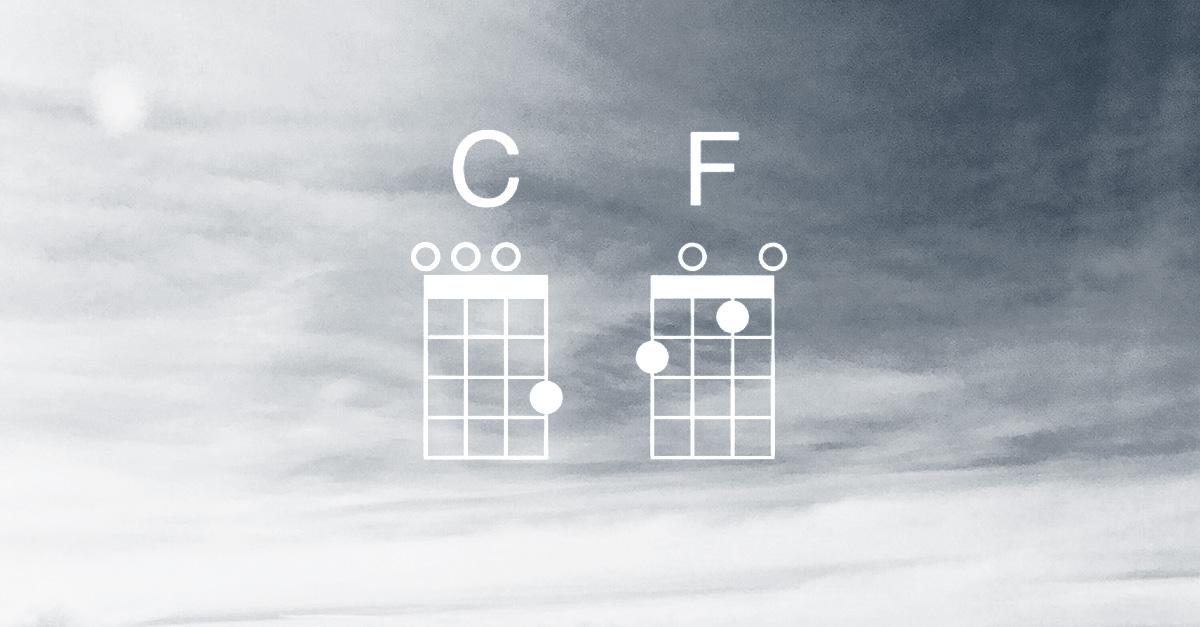Think of your favorite song.
What part of it sticks out in your memory? It’s probably the melody.
Melodies are the most memorable and important part of a song. But they’re also the hardest to write.
Coming up with great melodies is challenging because it seems like everything has already been done before. Don’t worry, it’s simply not true.
There’s a universe of incredible new melodies out there waiting to be written. You just have to know the theory and do the work to find them.
Today, I’ll show you what melody is, why they stick in your brain and the tools you need to write them.
What are melodies?
Melody is a linear sequence of notes the listener hears as a single entity. The melody of a song is the foreground to the backing elements and is a combination of pitch and rhythm. Sequences of notes that comprise melody are musically satisfying and are often the most memorable part of a song.
Melody is a linear sequence of notes the listener hears as a single entity.
When you sing “Happy Birthday” to your Great Uncle Bill, you’re singing a melody.
From catchy choruses to infectious guitar riffs, melodies define the music you know and love because they’re the part of music you’re most likely to remember. So melodies are crucial in all forms of music.
Melodies are produced through the human voice and any other instrument that produces pitches––marimbas, flutes, synthesizers, glockenspiels, guitars, etc.
Remember, there’s a difference between harmony and melody: A melody transforms into a harmony when completely different notes are stacked above or below it and are played at the same time. This is how chords, vocal, and instrumental harmonies are constructed.
As you start writing your own melodies, It’s important to remember that melodies are linear lines of single notes.
How to use melodies in your music
Think about your melodies like a scene in a movie or play. Your chords create the scene and melodies are the characters on center stage that tell the story.
A good melody will capture and hold your listener’s attention. Songwriters and composers use melodies in your music tell stories and give audiences something to remember and connect with.
Songwriters and composers use melodies in your music tell stories and give audiences something to remember and connect with.
The most obvious way to use melodies in music is through verse, chorus, and bridge vocal lines, but instrumental melodies are also important.
Here’s some different types of melodies that will show you how melody works in songs:
1. Instrumental melodies
Instrumental melodies are produced on pitched instruments. Parts like riffs, solos, and musical material that responds to the vocals in a song are examples of instrumental melodies.
The intro guitar melody from “There She Goes” by The La’s is a great example of important instrumental melodies can be:
The sultry string orchestra intro in Etta James’ “At Last” is another great instrumental melody:
The intro guitar melody of Wye Oak’s “The Louder I Call The Faster It Runs” is also catchy line:
2. Vocal melodies
When it comes to popular music, nothing is more defining than vocal melodies.
When it comes to popular music, nothing is more defining than vocal melodies.
All aspects of music can connect with listeners, but vocal melodies are the most human and relatable parts of songs.
Covered here by Israel “IZ” Kamakawiwoʻole, “Somewhere Over The Rainbow” features one of the most hauntingly beautiful vocal melodies in music:
The vocal melody in Vagabon’s “Fear and Force” is another great example:
Now that you know what melodies are, how do you come up with your own great ones?
How to write great melodies
Here’s 3 crucial tips for writing melodies:
1. Start by singing or playing over a simple chord progression
Choose two basic major chords like C or F. If you need a refresher, here’s how to build chords.
Play your chords on an instrument like a piano or guitar, or plug them into your DAW’s piano roll and loop them over and over again with a nice synth VST.
Then, either sing or play your instrument with the goal of writing a melody. Make sure your basic recording device is ready to capture what you come up with during the melody making process.
 Give yourself plenty of time and space to try out different ideas here. Melodies benefit from extended jams.
Give yourself plenty of time and space to try out different ideas here. Melodies benefit from extended jams.
If you’re a vocalist, consider starting out your process by singing gibberish.
Yep, you read that right. Though it might freak out you’re neighbors, crafting a vocal melody from scratch is best done without any predetermined rules or boundaries to limit yourself with like lyrics.
Experiment with the same looped chords long enough, and you’ll soon find that gibberish soon takes shape into words, phrases, and fleshed out melodies.
2. Breathe life into your melodies with interesting rhythmic stressing and accents
Tame Impala’s Elephant is proof of how catchy rhythms can make otherwise bland melodies memorable.
The core of the verse is made up of only two notes. But with the use of syncopation it manages to stay catchy and memorable.
Even the simplest melody can benefit from the use of unexpected or off-beat rhythms.
Even the simplest melody can benefit from the use of unexpected or off-beat rhythms.
If you’re writing a complex melody that still sounds “meh,” try simplifying and experiment with how your notes are presented rhythmically.
Get adventurous here by shifting the way your notes fall—from directly on strong beats to landing between them.
If you find your melodies always start on the beat of 1, try having them begin either shortly before or after. Even a minor change in rhythm can transform a melody in a subtle but massive way.
3. Pay close attention to your melodic contour
Melodic contour is overall shape of the line that your melody traces as it moves up and down.
Melodic lines can move in a few different ways.
Motion by step (or stepwise motion) is when a melody moves by consectective notes in the scale.
Motion by step is when a melody moves by consectective notes in the scale.
Motion by skip is when a melody moves by intervals of larger than a 2nd.
Two many large leaps in a row are more difficult to connect as a single melodic unit. And a melody comprised of only stepwise motion is often not very interesting for the listener.
Try to balance the amount of steps and skips so that your melody stays fresh and exciting
Hot tip: It’s easier to use larger skips in your melodies if you fill them in at least partially by step in the opposite direction.
If you’re able to, write out the melodies you’re writing through music notation on paper. If you’re in your DAW, there’s usually a way to transform MIDI pitches into music notation.
If the distance between the notes of your melodies looks small, then it’s safe to assume your melody won’t build narrative and sound compelling.
One of the reasons “Somewhere Over The Rainbow” is such a phenomenal melody is because it opens with a large major 7th interval. If your melodies are literally and musically falling flat, try expanding them into mountains.
4. Outline the harmony where possible
Melody doesn’t exist in a vacuum. There’s always an important balance between your melody and its underlying harmony.
Many of the best melodies of all time get their power from the way they gracefully blend with the harmony of the song.
Many of the best melodies of all time get their power from the way they gracefully blend with the harmony of the song.
Remember that the chord tones (scale degrees 1,3,5,7) are the most powerful and stable places to land.
Paying attention to the way you weave your melody from one chord tone to the next as your harmony develops is vital for good melody writing.
Try, try, and try again
 Strong melody-writing isn’t a skill that can be developed overnight. It’s something you’ll need to work on over time to get better.
Strong melody-writing isn’t a skill that can be developed overnight. It’s something you’ll need to work on over time to get better.
If you find yourself working hard to write melodies without much success, just remember that there’s a whole lot of other musicians in your shoes.
The world’s best songwriters didn’t wake up one morning with the ability to craft great melodies. They worked at it, trying and failing over and over again until they started to get it right.
Approaching melody-writing with an experimental attitude free of expectations gives you the best chance at creating something your listeners will resonate with.
The post What is Melody in Music? How to Use Melody in Your Songwriting appeared first on LANDR Blog.